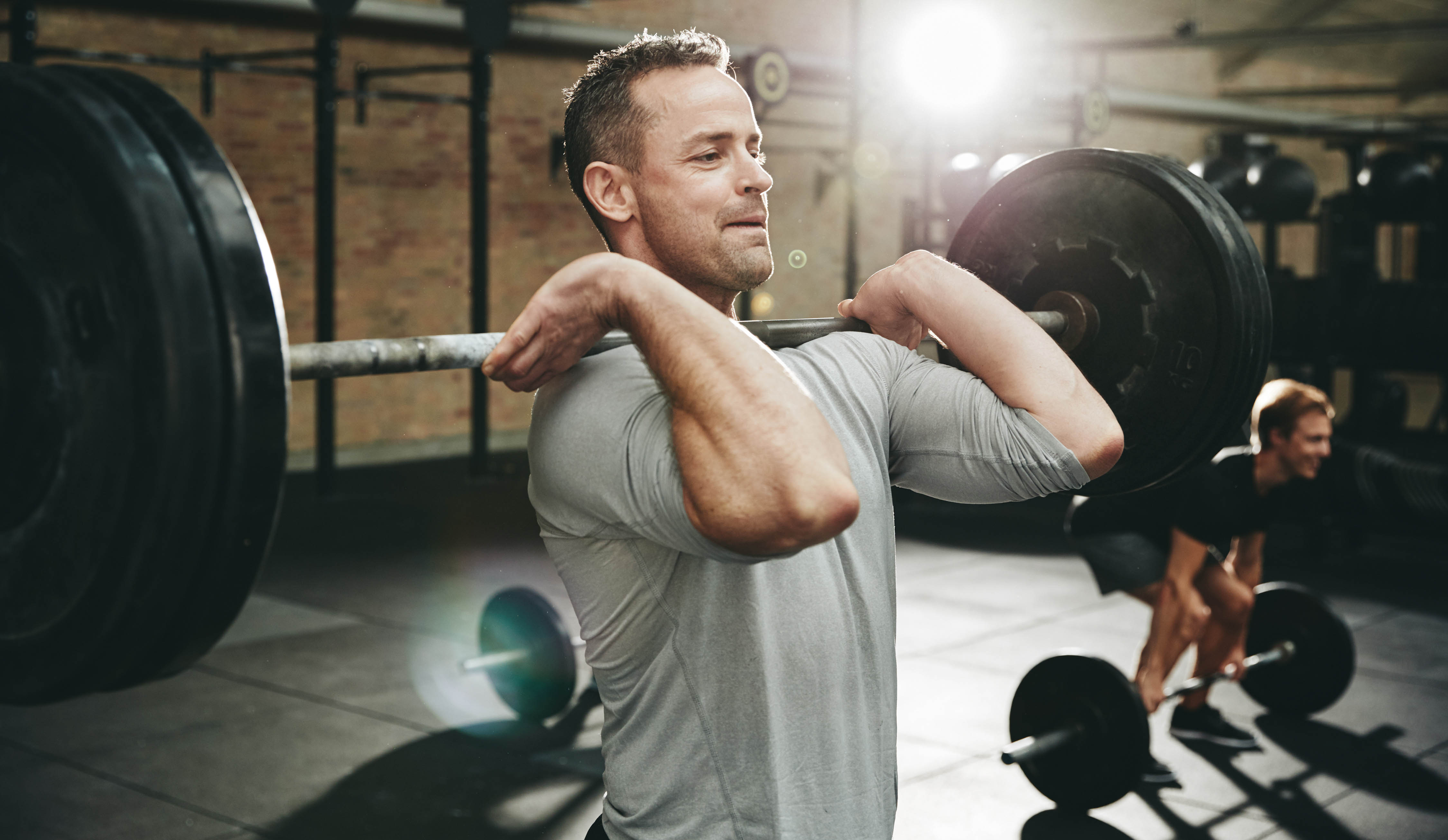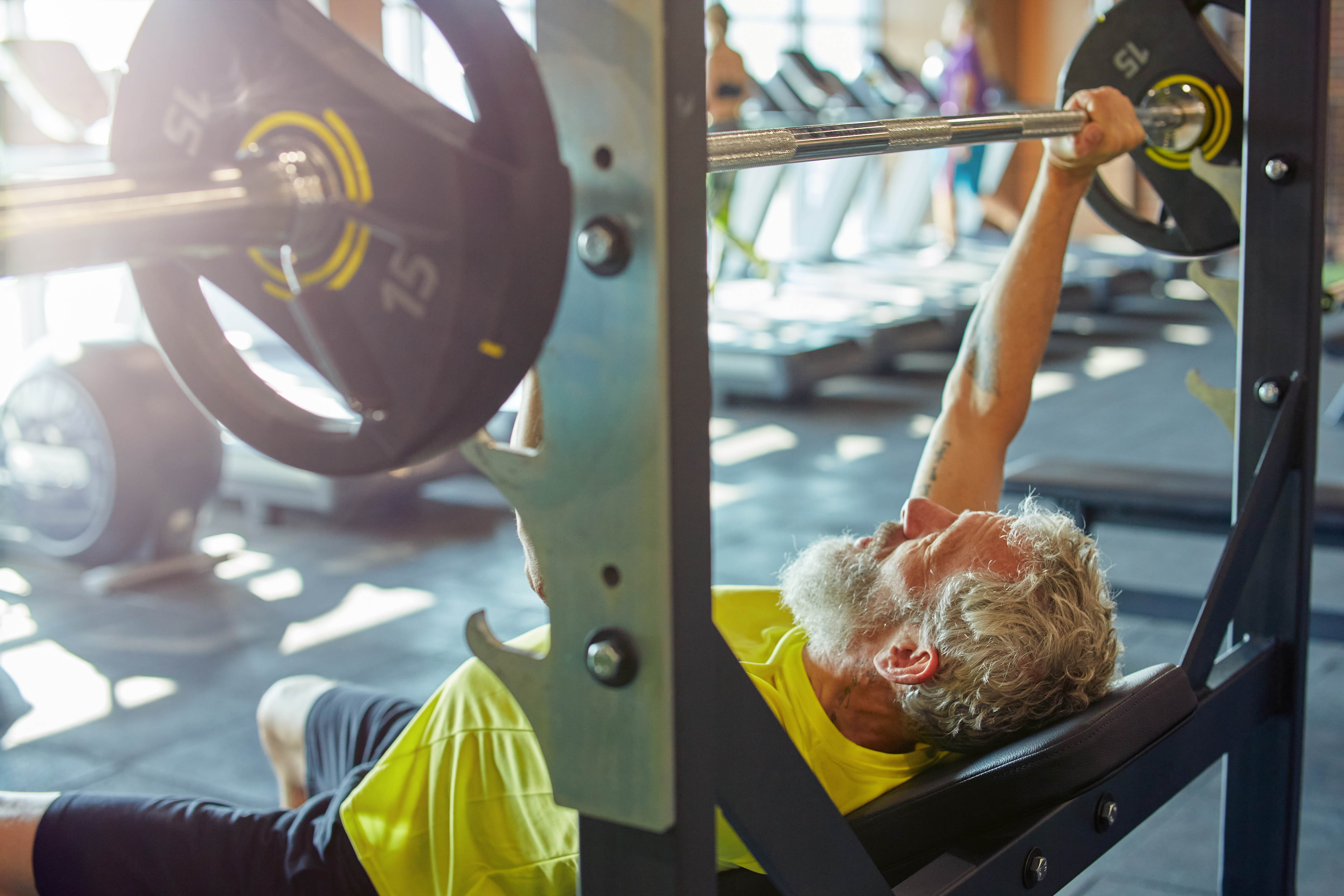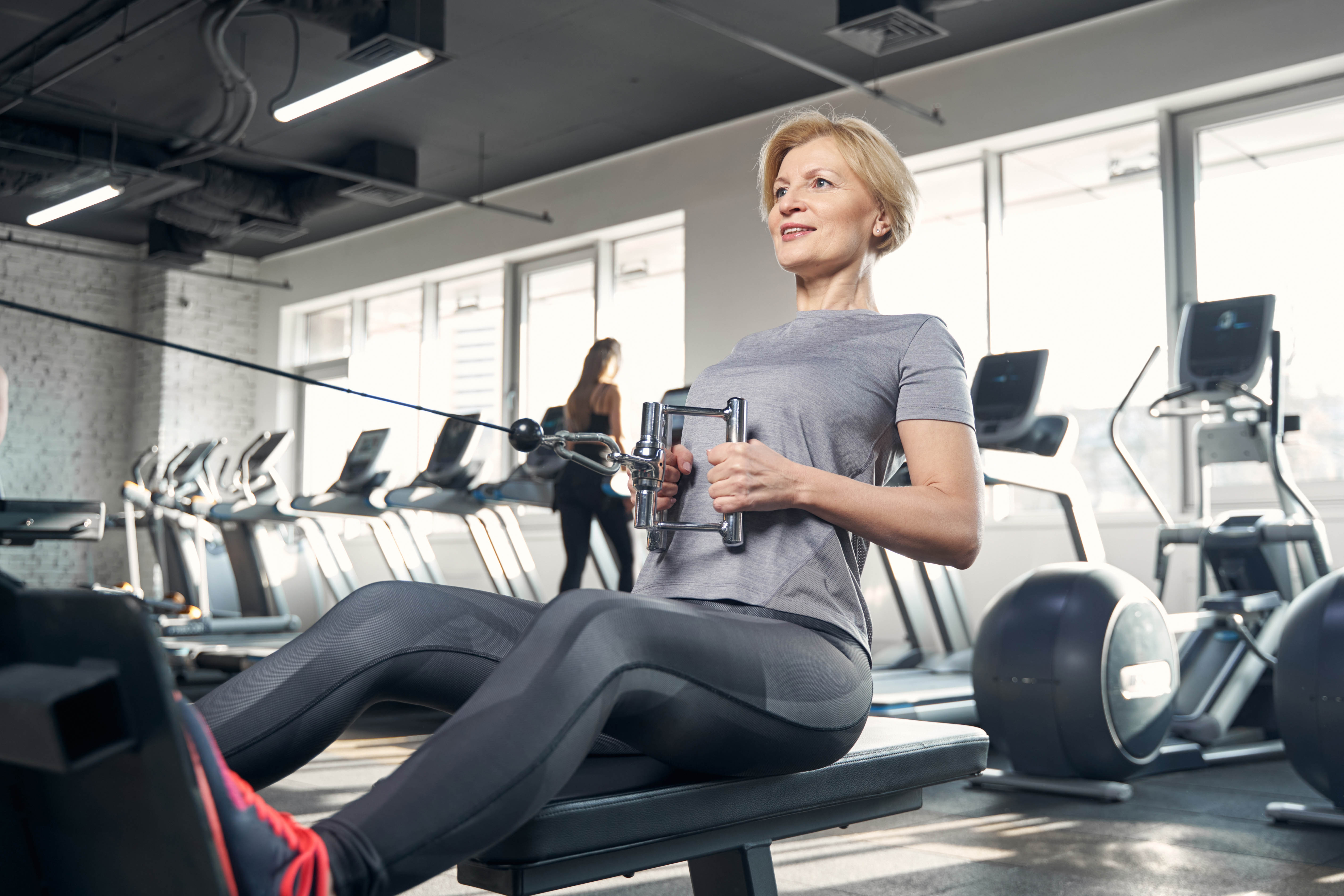Effective Strength Training for the Time Crunched
Living Well

Meg Sharp, Fitness & Wellbeing Consultant, Cambridge Group of Clubs
We’re realizing more and more that strength training is the gateway to a better life: being strong ensures we can thrive and continue to participate fully in all of things that make life worth living. Ironically, since our days are chockablock with stimulating, fabulous things, it can be hard to find the time to lift.
Based on some terrific review articles from the past 2 years, we’ve done our best to summarize and list the strategies and parameters that deliver maximum impact with minimal time:
- Total volume matters more than frequency or duration, with the minimum dose per week being 45-60 minutes. You can “Weekend Warrior” that in one bout, or spread it out over 2-7 days. Yes – over 7 days. That translates to 6 1/2 to 8 1/2 minutes per day.
- Prioritize exercises that utilize more than one joint, and ensure you include a compound lower body exercise (i.e., squat, deadlift, leg press), one upper body pull (i.e., pull-up, lat pulldown, seated row) and one upper body push (i.e., push-up, bench press, dumbbell press).

- Sets for the WEEK should be greater than 3, and rep ranges can be anywhere from 6-15 per set. You don’t need to train to failure – but rather should have the sense that you have 1 or 2 “left in the bank”. We don’t recommend the 6-9 rep range for beginners (as this assumes a relatively high load and requires solid mechanics) but we need to note that the higher intensity that can accompany lower rep ranges may be more effective at building strength when looking at short protocols.

- Bilateral exercises – training both sides at the same time – are intuitively more time efficient than unilateral exercises (training one limb or side at a time). That said, there is evidence that unilateral training may be more effective at strengthening the core, potentially negating the need to add additional core exercises into the routine (think reverse split squats and one arm rows). Moreover, unilateral training lends itself nicely to training without rest as ostensibly the right side rests while the left side is working.
- Extending the point above, configuring your exercises to facilitate circuit type training or super-sets – no rest – is considered extremely beneficial for the time crunched. A circuit might involve 5 to 10 different exercises that you perform one after the other, and potentially repeat the circuit 2 or 3 times. Super sets typically involve the selection of two exercises which are performed back-to-back 3-5 times through. Ideally exercises are selected and ordered to ensure body parts get a break at different times. Try alternating between pushing and pulling exercises (i.e., seated row with a dumbbell bench press) or upper and lower body exercises (i.e., squat and row, deadlift and push-ups). In the case where your grip strength becomes fatigued, try incorporating machine based lower body exercises that don’t require hanging onto weights (i.e., leg press).

- Speaking of machines and free weights, both are considered extremely effective. Free weights may preferentially develop core strength, balance, and coordination. While machine-based weights have the advantage of allowing you to manage a greater load. Lots of wins either way.
- Warm-ups can be short and should be movement specific for efficiency.
- Ensure you are accessing your full range of motion and controlling both the concentric (shortening) and eccentric (lengthening) aspects of the movement. Not only does this increase the efficacy of the training, it also maintains and can even increase your mobility, negating the need to devote time to stretching.
- Meg’s tip: Be mindful and present, paying attention to your form and which muscles are firing. This improves both safety and results.
That pretty much sums up some extremely dynamic research as efficiently as possible.
Here are our own important thoughts:
Many studies rely on beginner lifters. It’s far easier to make strength gains at the beginning. It’s also easier to get injured. If you haven’t yet done any strength training, or it’s been a few years, please reach out to us. We can develop a comprehensive program specifically for you in a little as 3 sessions.

For more seasoned lifters, remember the body responds powerfully to change. Periods where you’re tight on time, a simple change in protocol can provide amazing stimulus with less commitment. Rest phases are important and can be inserted into your routine so it fits YOUR LIFE. Maintenance of strength typically requires only one short session per week (20-30 minutes) and some studies have shown you can stay on this quick train for up to 3 months without losing ground.
For every moment you commit to strength training, you gain a moment on the other side: You get up the stairs that much faster. Your reaction time is quicker. Your quality of sleep goes up, and maybe you wake refreshed a little earlier the morning after a training day. You slip and don’t fall. Your mind is sharper and your confidence unstoppable.
You most assuredly have time to strength train.
If you’d like a consultation with one of our experts on this or any topic, the Club is currently covering the cost of a one-on-one consultation. Connect with our teams here:
Meg Sharp, Toronto Athletic Club, email her here
Lauren Neal, Adelaide Club, email her here
Sean O’Neil, Cambridge Club, email him here

2889